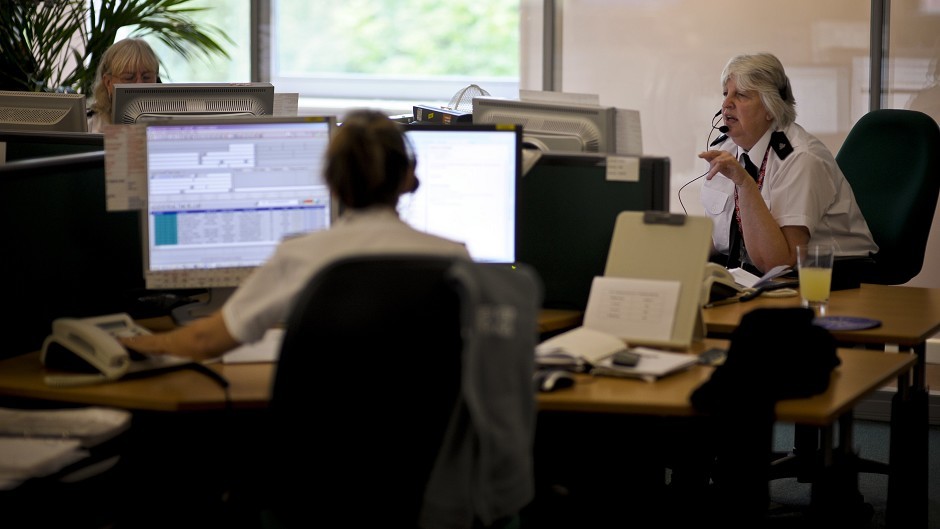A senior Scottish police chief has admitted that control room closures in Aberdeen and Inverness are more about cost cutting than protecting the public.
Niven Rennie, the president of the Association of Scottish Police Superintendents, said merging police call centres was the only “sound” way of making multimillion-pound savings.
The proposed closure of Aberdeen and Inverness control rooms – which are currently on hold – has come under increased scrutiny after a damning report into the M9 crash scandal and revelations that 999 calls from the north and north-east would be handled in the central belt.
But Mr Rennie dismissed accusations that shutting down local control rooms would pose a risk to the public as “simply false”.
He added that, in his view, the Scottish Government’s commitment not to cut back police numbers meant there was only a “small amount” of the budget where savings could be made, such as call centres.
North East MSP Lewis Macdonald agreed control rooms were in the firing line because of “unrealistic demands” from the SNP – but said any closure would have “only bad consequences” for local policing.
Mr Rennie said: “Despite the fact that we have amalgamated, we still have huge savings to make. We have been told these savings can’t come from police officers, so we have had to let civilian staff go.
“95% of our budget spend is on staff and 85% is on police officers. That only leaves a small amount to play with.
“We closed police offices and amalgamated control rooms. There is just no money to keep them (the control rooms in Aberdeen and Inverness) open.
“There is a sound business rationale for all of this. We knew when the force was amalgamated there would have to be closures
– it was our understanding from the outset.
“Facilities such as Bilston Glen are new facilities and have very modern equipment.
“The argument that amalgamating control rooms puts local knowledge at risk is simply false. You don’t lose it at all. The control room staff can relay messages to the offices in the area, who will know what it means.
“Of course, you get a local backlash because people see it as a reduction of services in their area. But there’s no money to keep these things open.”
There are more than 17,000 frontline police officers in Scotland. The Scottish Government has pledged to protect this figure, which it believes has helped reduce crime to an all time low.
Mr Macdonald said: “These closures are not the fault of Police Scotland – it is down to the SNP government making unrealistic demands on them.
“The call centre closures are just one aspect of cuts that can only have bad consequences. The priority should be to protect the local services and important local knowledge.”
